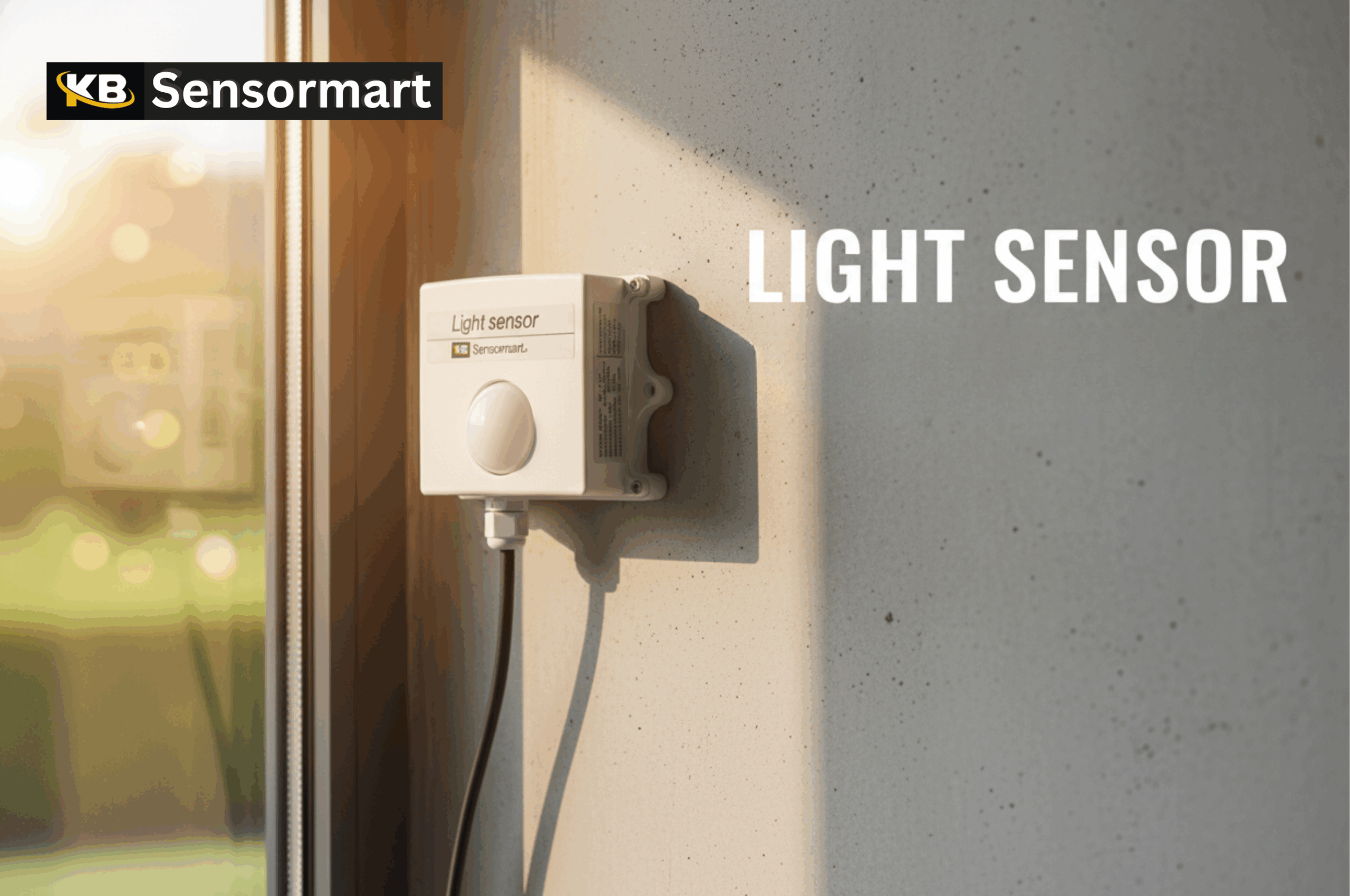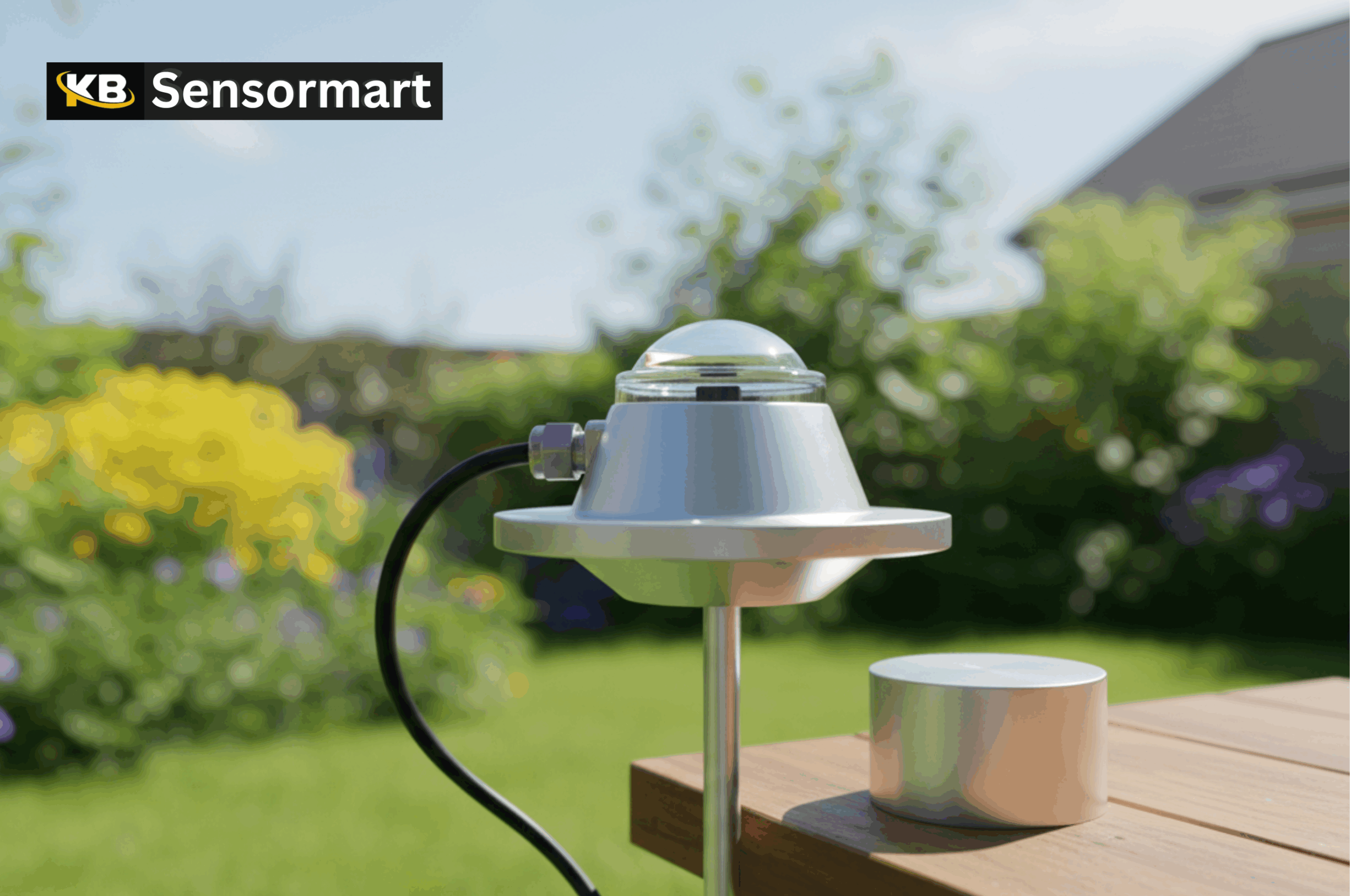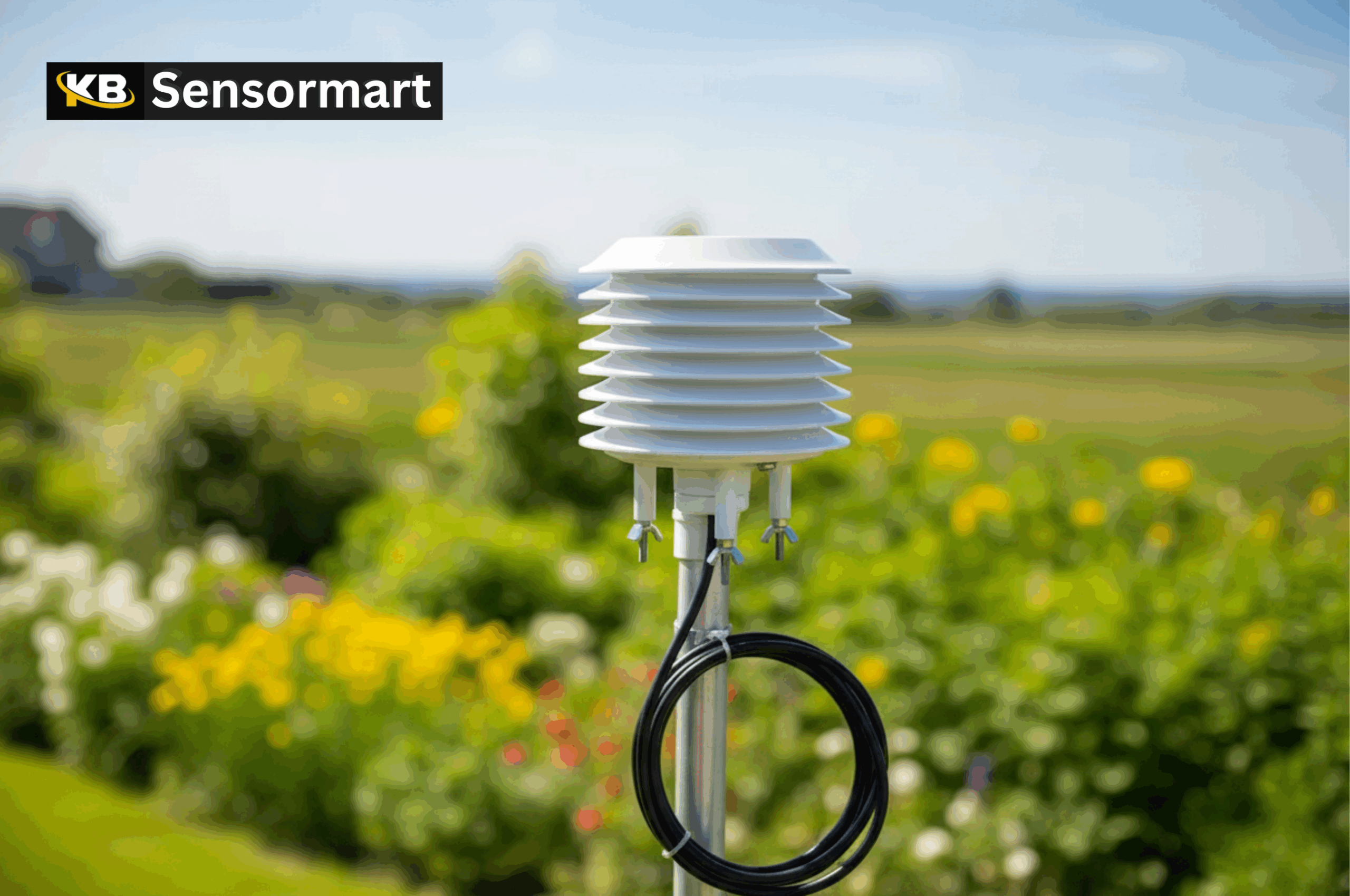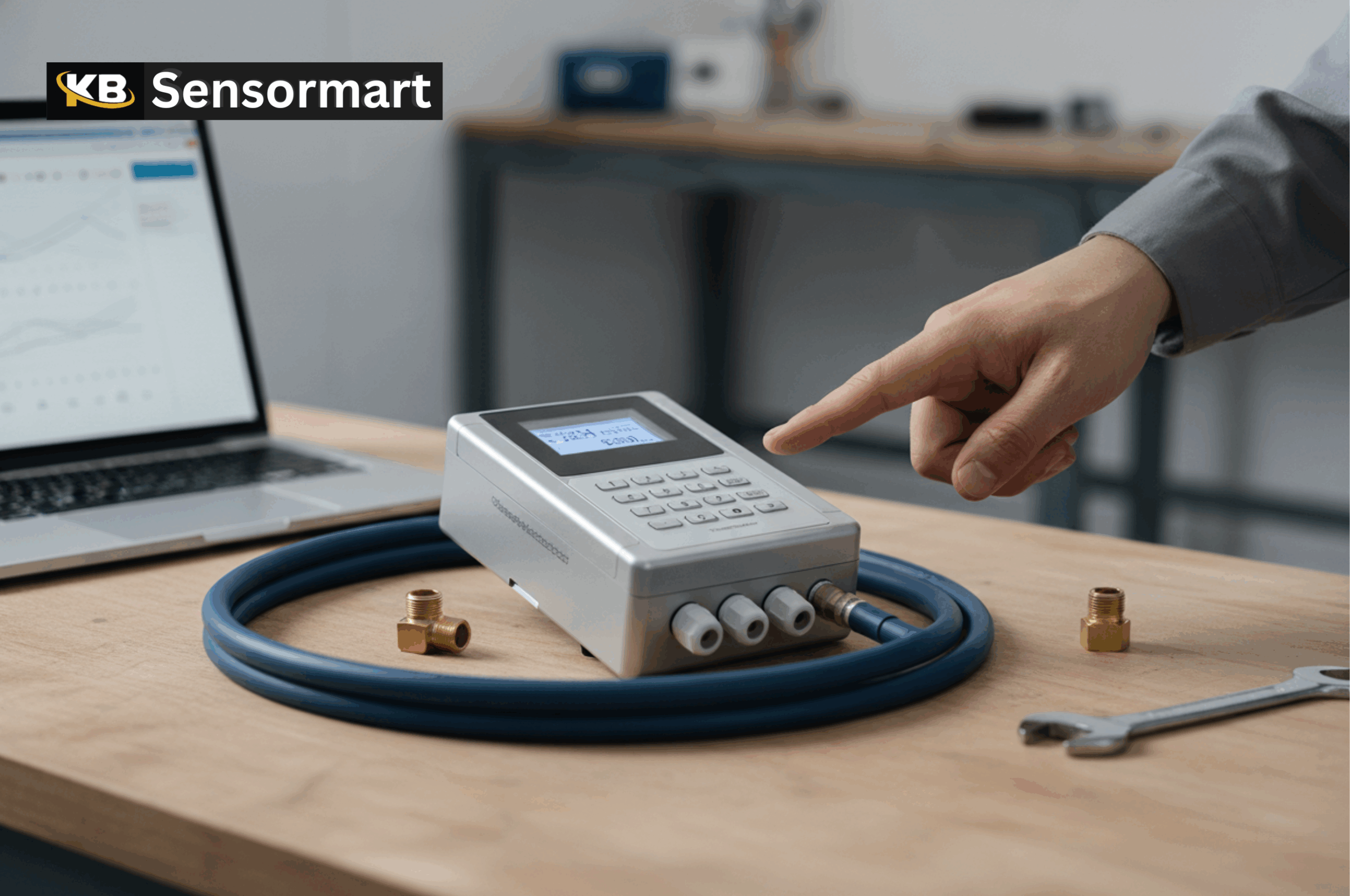Recent Articles
-
–
A light sensor is a small device that helps us understand how much light is around us at a given moment. It is used in…
-
–
Traffic moves like a giant flow of metal and wheels. When this flow is smooth, travel feels safe for everyone. But when vehicles move too…
-
–
Choosing the right radar sensor can feel confusing when you see many models, features, and terms. But a good sensor makes daily work smoother, safer,…
-
–
Understanding sunlight is important for safety and science, and that is where an Ultraviolet radiation sensor becomes useful. This simple tool helps us know how…
-
–
A temperature and humidity sensor is a small device that tells you how hot or cold the air is and how much water vapor is…
-
–
In India, about 40% of field technicians use portable flow meters every day. They need to be sure of their measurements, just like in a lab. I wrote this guide to show how a small flow meter can make a big difference. I’ll tell you what a portable flow meter does. I’ll explain how it works in the field. And why it’s a great choice for many industries in India. You’ll also learn about important features of handheld flow meters and see the SMKB-UF-215, a top ultrasonic option. This guide will give you practical steps and clear information. It’s for anyone who needs reliable flow monitoring for maintenance, audits, or controlling processes. It will help you pick and use the right tool. Key Takeaways What is a Portable Flow Meter and Why It Matters It’s a small tool that measures how fast liquids flow and their total volume. It works in pipes or open channels without needing to be installed forever. Handheld flow meter to places where it’s hard to stop work or get to. This device can be clamped on or inserted into pipes. It can measure flow in both directions and is easy to set up. This lets me check meters and find leaks fast. When I’m moving between different places in India, I use a mobile flow meter. It’s great because it’s easy to carry and saves time. Field teams use it for energy audits and to check for leaks without stopping work. Portable flow meters are also used a lot in water and wastewater treatment. They help balance flow and find where water is lost. In the oil and gas industry, they’re used for maintenance and temporary checks. Food and beverage, and pharmaceutical engineers use them for setting up systems and lab tests. In irrigation and agriculture, they help save water by measuring flow. HVAC technicians use them to balance water systems and check pump performance. How Portable Flow Measurement Devices Work I explain the basic principles behind common sensing technologies used in the field. Knowing how a portable flow measurement device senses flow helps technicians choose the right tool. This is for water, chemical, and industrial lines across India. Overview of common sensing technologies Ultrasonic, electromagnetic, turbine, positive displacement, and thermal mass sensors each serve distinct needs. Ultrasonic works well for non-invasive checks on clean liquids. Electromagnetic meters need conductive fluids and metal-compatible piping. Turbine meters suit steady, low-particulate flows. Positive displacement units measure volumes in viscous fluids. Thermal mass sensors excel with gas flow and low rates. I recommend matching fluid type and pipe material to the sensing method to avoid costly errors in the field. For quick diagnostics, a portable flow sensor that supports multiple technologies can save time. Transit-time ultrasound basics and why it’s accurate It ultrasound sends pulses upstream and downstream and measures the travel time difference. The time difference maps directly to flow velocity. This gives high accuracy and repeatability for clean, homogeneous liquids. Transit-time is bidirectional and non-invasive when used with clamp-on transducers. A handheld flow meter using transit-time delivers rapid readings without stopping the process. This makes it ideal for maintenance checks and temporary surveys. Clamp-on versus insertion transducers explained Clamp-on transducers attach to the pipe exterior. They require no process penetration and often need no shutdown. This makes a portable liquid flow meter practical for routine spot checks and leak diagnostics. Insertion transducers place the sensing element directly into the stream. They provide stronger signals on dirty fluids and small diameters. Installation may need a tap or brief shutdown. For stubborn applications, an insertion unit improves signal strength and stability. Characteristic Clamp-on Insertion…
-
–
Strong gear needs strong support. That’s where industrial tripod stands come in. They keep heavy tools, cameras, and lights safe and steady. Whether you’re at…
-
–
The world of modern sensing is growing fast, and many industries now use smart tools for safe and smooth operations. One such tool is the…
-
–
Have you ever seen a big tank full of water and wondered how people know exactly how much water is inside?Industries and factories use a…
-
–
Water level measurement is very important for many uses. It helps in water management, flood control, and irrigation systems. A Radar Water Level Gauge is…
-
–
Installing a Pressure Type Water Level Sensor may sound hard, but it is not. With some care and basic tools, anyone can do it. The key is…
-
–
A tipping bucket rain gauge is a simple tool used to measure rainfall in an easy and reliable way. Many people, including weather stations and…
Search
Latest Posts
Latest Comments
Categories
Archives
- November 2025 (12)
- October 2025 (4)
- September 2025 (7)
- August 2025 (7)
Tags
Newsletter

By signing up, you agree to the our terms and our Privacy Policy agreement.






